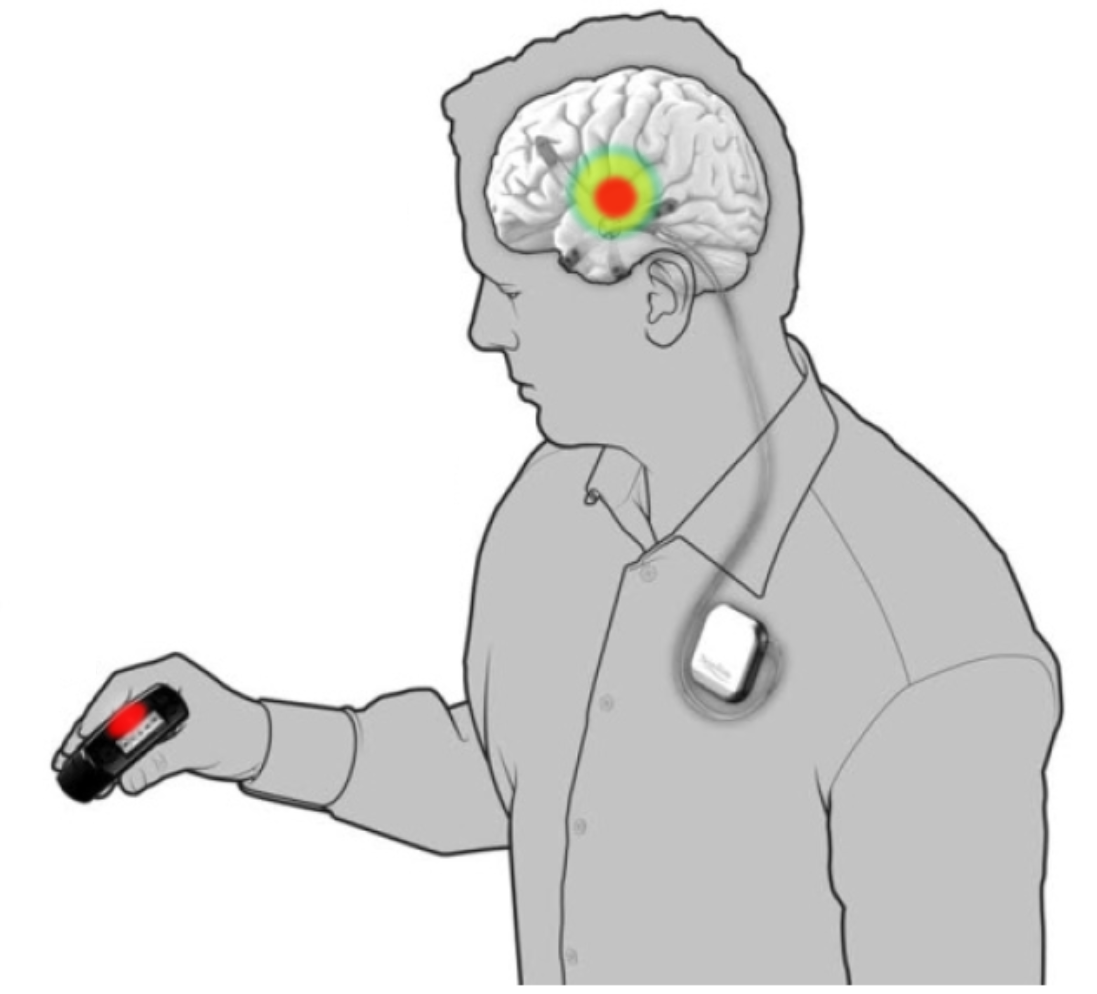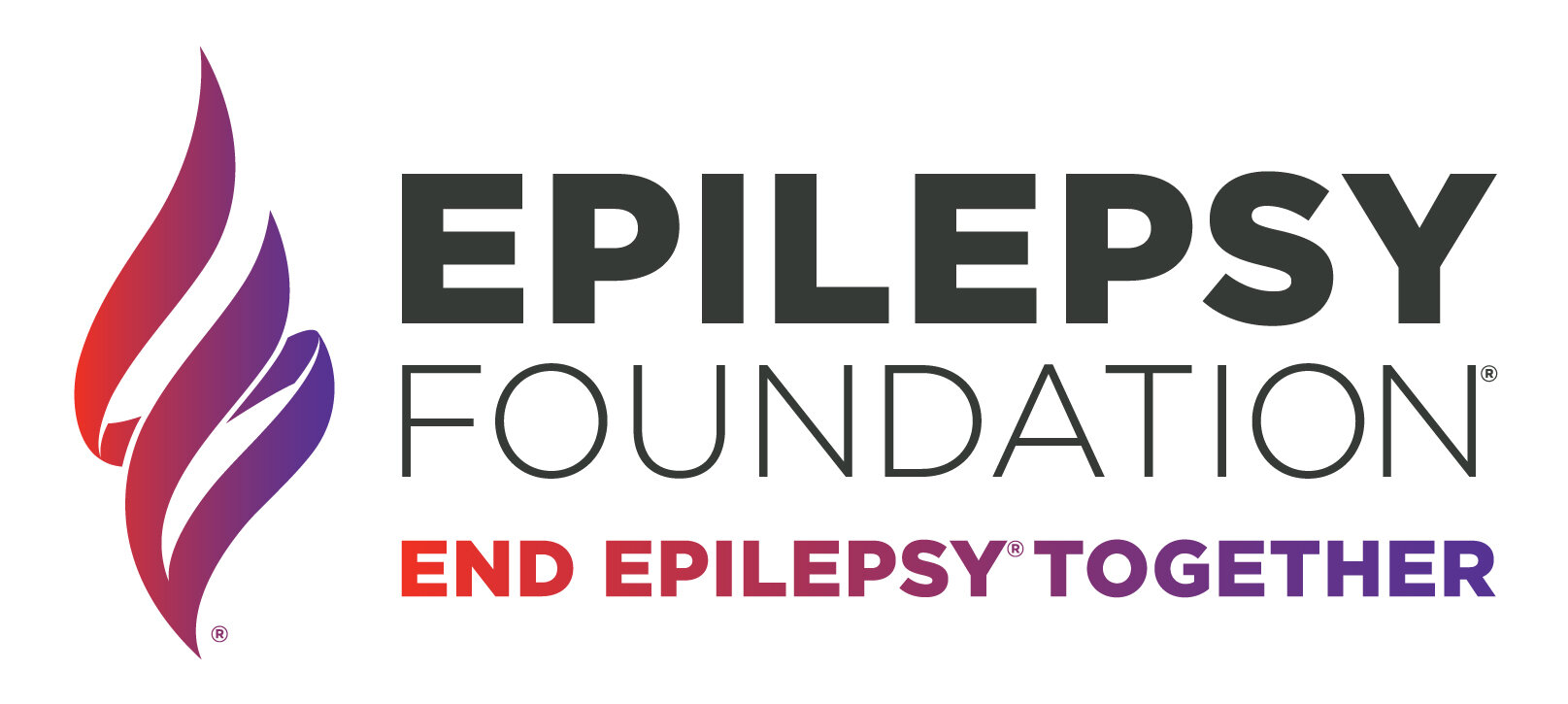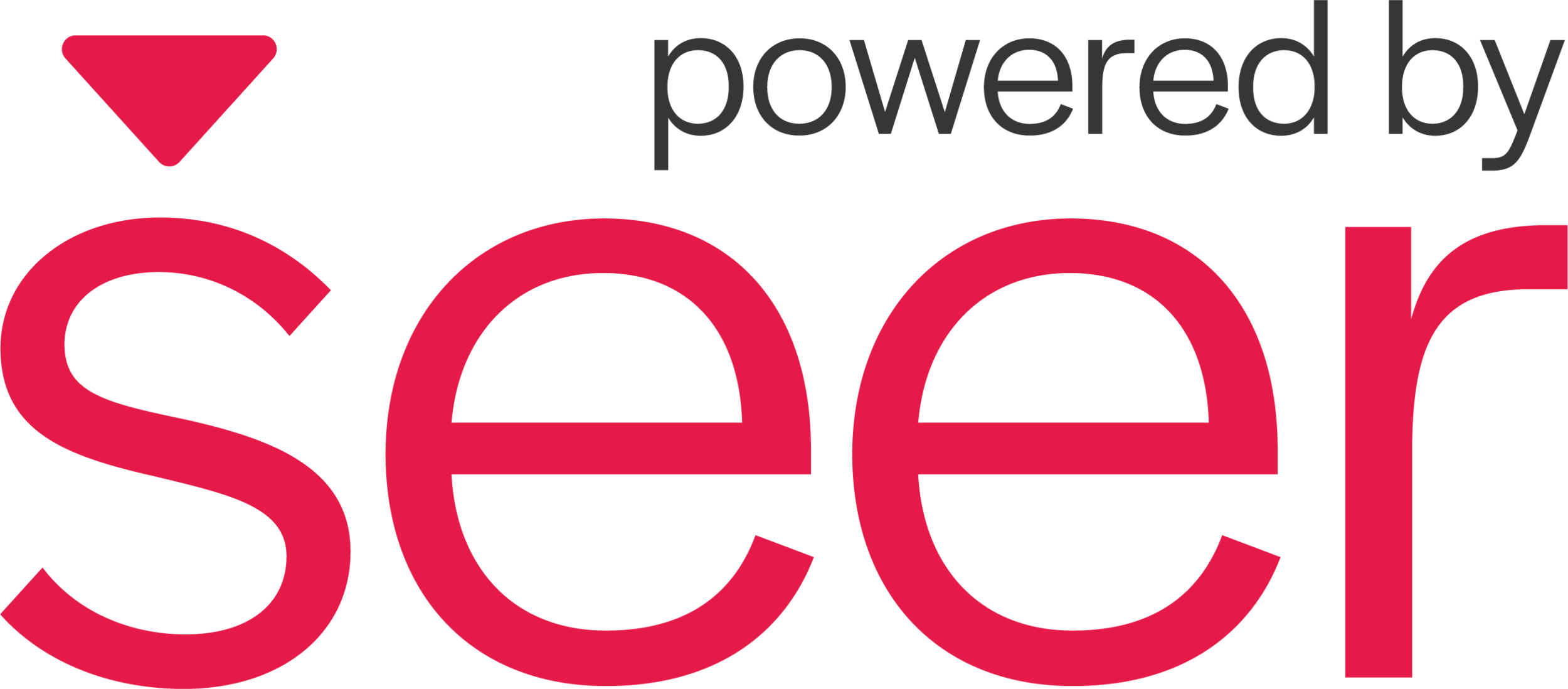
Epilepsyecosystem.org is a crowd-sourcing ecosystem for improving the performance of seizure prediction algorithms in order to make seizure prediction a viable treatment option for those suffering from epilepsy.
Epilepsy afflicts nearly 1% of the world's population, and is characterized by the occurrence of spontaneous seizures. For many patients, anticonvulsant medications can be given at sufficiently high doses to prevent seizures, but patients frequently suffer side effects. For 20-40% of patients with epilepsy, medications are not effective. Even after surgical removal of epilepsy, many patients continue to experience spontaneous seizures. Despite the fact that seizures occur infrequently, patients with epilepsy experience persistent anxiety due to the possibility of a seizure occurring.
Seizure forecasting systems have the potential to help patients with epilepsy lead more normal lives. In order for seizure forecasting systems (based on analysing different possible kinds of biosignals) to work effectively, computational algorithms must reliably identify periods of increased probability of seizure occurrence. If these seizure-permissive brain/body states can be identified, devices designed to warn patients of impeding seizures would be possible. Patients could avoid potentially dangerous activities like driving or swimming, and medications could be administered only when needed to prevent impending seizures, reducing overall side effects.
A Crowd-Sourcing Ecosystem for Seizure Prediction
Epilepsyecosystem.org is the evolution of a Crowd-Sourcing Ecosystem for Seizure Prediction that began with the ‘Melbourne-University AES-MathWorks-NIH Seizure Prediction Challenge’ that was hosted on Kaggle.com in 2016. The contest focused on seizure prediction using long-term electrical brain activity recordings from humans obtained from the world-first clinical trial of the implantable NeuroVista Seizure Advisory System. Over 10,000 algorithms were submitted. The top algorithms from the contest were evaluated on additional held out data and demonstrated improvements in seizure prediction performance relative to the original trial results. Epilepsyecosystem.org offers the opportunity to yield further improvements with the contest dataset. The top algorithms in the ecosystem will be invited for evaluation on the full clinical trial database, a one-of-a-kind world-class dataset, with the aim of finding the best algorithms for the widest range of patients. Moreover, Epilepsyecosystem offers the opportunity to access wearable device data for seizure prediction from the My Seizure Gauge project supported by the Epilepsy Foundation of America.
Acknowledgments
Epilepsyecosystem.org is supported by the Epilepsy Foundation of America through the My Seizure Gauge project, the Aikenhead Centre for Medical Discovery at St. Vincent’s Hospital Melbourne, the University of Melbourne, Monash University and Seer Medical.
References
Kuhlmann, L., Karoly, P., Freestone, D.R., Brinkmann, B.H., Temko, A., Barachant, A., Li, F., Titericz Jr., G., Lang, B.W., Lavery, D., Roman, K., Broadhead, D., Dobson, S., Jones, G., Tang, Q., Ivanenko, I., Panichev, O., Proix, T., Náhlík, M., Grunberg, D.B., Reuben, C., Worrell, G., Litt, B., Liley, D.T.J., Grayden, D.B., & Cook, M.J. (2018) Epilepsyecosystem.org: Crowd-Sourcing Reproducible Seizure Prediction with Long-Term Human Intracranial EEG, Brain, awy210, https://doi.org/10.1093/brain/awy210
Kuhlmann, L., Lehnertz, K., Richardson, M., Schelter, B., & Zaveri, H. (2018) Seizure prediction — ready for a new era. Nature Reviews Neurology. In Press (accepted 13/07/2018).
Nasseri, M, Nurse, E, Glasstetter, M, et al. Signal quality and patient experience with wearable devices for epilepsy management. Epilepsia. 2020; 00: 1– 11. https://doi.org/10.1111/epi.16527.
Freestone, D. R., Karoly, P. J., Peterson, A. D., Kuhlmann, L., Lai, A., Goodarzy, F., & Cook, M. J. (2015). Seizure prediction: science fiction or soon to become reality?. Current neurology and neuroscience reports, 15(11), 73.
Karoly, P. J., Ung, H., Grayden, D. B., Kuhlmann, L., Leyde, K., Cook, M. J., & Freestone, D. R. (2017). The circadian profile of epilepsy improves seizure forecasting. Brain, 140(8), 2169-2182.
Cook MJ, O'Brien TJ, Berkovic SF, Murphy M, Morokoff A, Fabinyi G, D'Souza W, Yerra R, Archer J, Litewka L, Hosking S, Lightfoot P, Ruedebusch V, Sheffield WD, Snyder D, Leyde K, Himes D (2013) Prediction of seizure likelihood with a long-term, implanted seizure advisory system in patients with drug-resistant epilepsy: a first-in-man study. Lancet Neurology 12:563-571.
Brinkmann, B. H., Wagenaar, J., Abbot, D., Adkins, P., Bosshard, S. C., Chen, M., ... & Pardo, J. (2016). Crowdsourcing reproducible seizure forecasting in human and canine epilepsy. Brain, 139(6), 1713-1722.
Gadhoumi, K., Lina, J. M., Mormann, F., & Gotman, J. (2016). Seizure prediction for therapeutic devices: A review. Journal of neuroscience methods, 260, 270-282.
Andrzejak RG, Chicharro D, Elger CE, Mormann F (2009) Seizure prediction: Any better than chance? Clin Neurophysiol.
Mormann F, Andrzejak RG, Elger CE, Lehnertz K (2007) Seizure prediction: the long and winding road. Brain 130: 314–333.

